Find Us Online
Building wealth is only half the job. Protecting wealth for your loved ones and yourself is equally important. Through estate planning our firm will help you protect everything you love — family, friends, and favorite charities. For more information be sure to visit our website where you will have access to our blog, events schedule and a complimentary newsletter subscription!
Asset Alignment Fundamentals in Estate Planning

Successful Asset Distribution Requires an Estate Plan That Has Crossed the “t’s” and Dotted the “i’s”
The distribution of assets through estate planning takes many different forms. “Asset alignment” refers to aligning asset titles and beneficiary designations to flow according to an estate plan. It sounds simple, but is often overlooked or left incomplete.
The most common asset alignment is the use of a Revocable Living Trust (RLT) to remove assets from the probate estate, minimize taxes and assert control over the distributions for beneficiaries. The asset is placed in a RLT by changing the title into the RLT name. This confers ownership of the asset into the RLT. Unless the asset ownership is properly changed, the RLT will not work as intended.
The Best Estate Plan Only Works When Assets Are Aligned
Failing to fund a RLT occurs when it has been created but assets have not been retitled to reflect a change in ownership from the individual to the trust.
Assets to be aligned include:
- Bank accounts
- Investment accounts
- Real estate property
- Insurance policies
- Any account with a beneficiary designation
- Business interests, partnerships and/or shares of closely held or family businesses
Real estate holdings owned by individuals are placed into trusts by retitling the title or deed. The homeowners or commercial property insurance will need to be updated once the change is made. If there is a mortgage on your home, contact the mortgage company just to confirm that retitling it will have no impact on the mortgage. Get written approval, if necessary.
Life insurance also requires asset alignment. For example, an elderly couple owns life insurance policies designating each other as the beneficiary. When the first spouse dies, the insurance proceeds will pass to the surviving spouse with no probate required. However, when the second spouse dies, the proceeds from both policies will become part of the probate estate. Changing the beneficiaries of the policies to the adult children or to a RLT would avoid probate. Similarly, bank accounts may be arranged to Pay on Death (POD) to one or more designated beneficiaries upon the death of the owners without probate.
Attention to Details and Follow-up for Complete Asset Alignment
Asset alignment is not completed when a request has been made to a financial institution. Trust, but verify! Confirm the requested change with proper documentation and diligent follow up. In fact, you should track the asset for at least six months after the change. While this may sound tedious, the failure to monitor requested asset alignments has doomed more than a few estate plans.
Other elements of the estate plan must be in alignment. For example, a General Durable Power of Attorney, which appoints a person to act as your agent for financial matters, must align with the rest of the estate plan. If an individual was appointed by you ten years ago, then their willingness or ability to serve needs to be confirmed. The same is true for when it comes to guardians you have nominated in your Last Will and Testament to raise your minor children. A family member who was willing and able to raise your children at ages 5 and 7 may not be as willing when they are 11 and 13.
Asset alignment is an essential (and often overlooked) step to finish an estate plan. Only when asset alignment is completed, maintained and monitored will your estate plan be ready to protect everyone you love and everything you have.
Copyright © Integrity Marketing Solutions. All Rights Reserved.



